
New Orleans Rhythm Kings a.k.a. Friar’s Society Orchestra
The New Orleans Rhythm Kings Gennett recordings were a big influence on many of the white bands and musicians of the 1920s. In 1920, Paul Mares and George
Redhotjazz.com was a crown jewel of the early internet. Starting in the mid ’90s it made the offline discographies and biographies of early jazz available to the online public. It also hosted thousands of audio files donated by people who were digitizing their 78 RPM record collections, making many obscure recordings available for the first time. This all started long before Youtube and even before Wikipedia was much more than an idea.
We are duplicating the content of the Red Hot Jazz Archive from a snapshot saved in Archive.org’s Wayback Machine. Keeping with both the original intent and mission of Redhotjazz.org everything will be publicly available outside of our paywall. For ease of use we are improving each entry to meet the norms of the phone friendly modern internet.
The downloadable music files are mostly MP3s but some are in the ancient Real Audio (.ra) format. Rather than opening a new tab so you can stream or download them the Real Audio files will immediately download when you click them. Don’t be frightened. You don’t need Real Audio player to play them but they won’t work on Windows Media Player. We recommend the free and open source VLC player.
For more information read: About the Archive

The New Orleans Rhythm Kings Gennett recordings were a big influence on many of the white bands and musicians of the 1920s. In 1920, Paul Mares and George
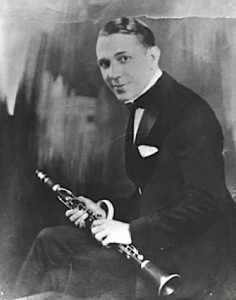
Leon Roppolo (March 16, 1902 – October 5, 1943) was considered a genius by his contemporaries and like Bix Beiderbecke and Buddy Bolden he was another of the
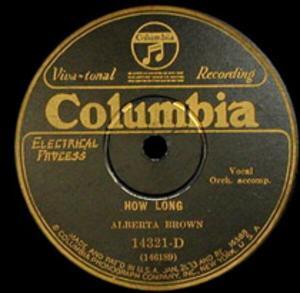
Little is known about the life of Alberta Brown, but she made this excellent Blues record in 1928. She is backed up by members of
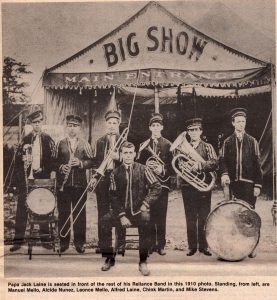
“Papa” Jack Laine (September 21, 1873 – June 1, 1966) is often credited with being the first White Jazz musician. He was a drummer and
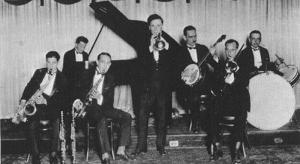
The Halfway House Orchestra was named after a dancehall called the Halfway House that was halfway between New Orleans and Lake Pontchartrain. The group was
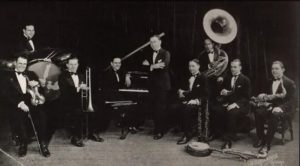
Merritt Brunies led this orchestra at the Friars Inn at 1834 Wasbash Street at Van Buren in Chicago. They got the gig after Merritt’s brother George
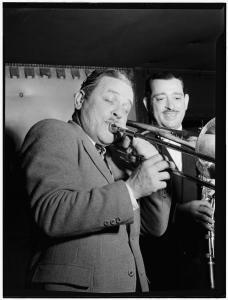
Trombone player George Brunies (February 6, 1902 – November 19, 1974) got his start at age eight playing with Papa Jack Laine‘s band and later went
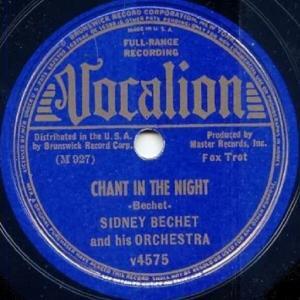
Also See: Sidney Bechet (1897-1959) & Sidney Bechet: Profiles in Jazz Title Recording Date Recording Location Company Chant In The Night (Sidney Bechet) 11-16-1938 New York,
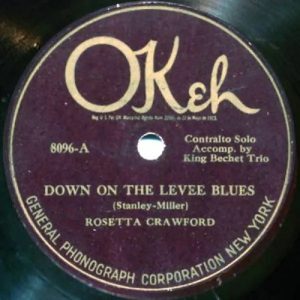
This Clarence Williams produced session is Sidney Bechet‘s first record. It was released under the name of Rosetta Crawford accompanied by King Bechet Trio. Bechet plays some very soulful clarinet and
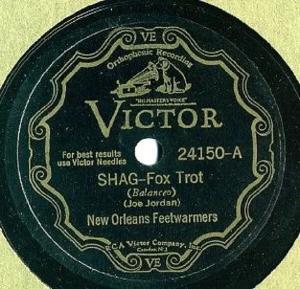
The New Orleans Feetwarmers 1932 sides are the epitome of Hot Jazz. Sidney Bechet‘s soprano sax playing is nothing short of amazing on the song Shag. Ernest Meyers’s
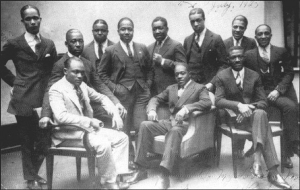
In 1917 Tommy Ladnier (May 28, 1900 – June 4, 1939) moved north to Chicago from New Orleans, and found work in a touring band.
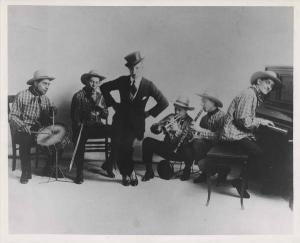
In 1913 there was a famous vaudeville stuttering comedian and dancer called Joe Frisco. His act Frisco and McDermott was playing in New Orleans and
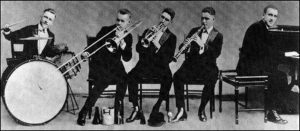
This band was organized by drummer Johnny Stein after Stein’s Dixie Jass Band broke up and became the Original Dixieland Jass Band. It is interesting to note that
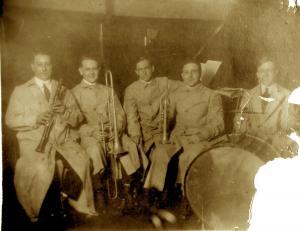
In 1915, New Orleans band leader Johnny Stein formed this band to take North to Chicago for a gig at the Booster Club at the
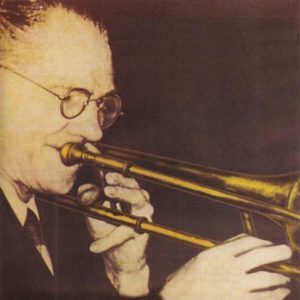
Like most early White New Orleans Jazz musicians, trombonist Tom Brown (June 3, 1888 – March 25, 1958) was a veteran of Papa Jack Laine’s Reliance

Bessie Brown, (March 2, 1890– November 12, 1955) like so many other female classic Blues singers of the 1920s. had a background in vaudeville and
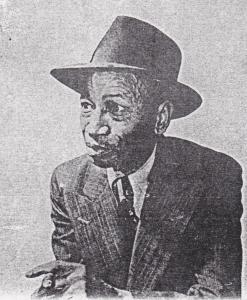
Perry Bradford (February 14, 1893 – April 20, 1970) was a singer, songwriter, pianist and vaudeville and minstrel performer who forever changed the sound of
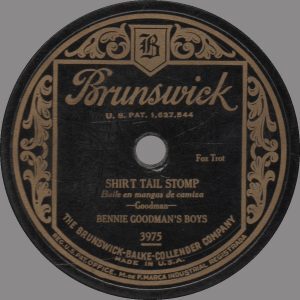
These are Benny Goodman‘s first records under his own name. Benny was eighteen at the time. The January of 1928 session was released as Benny Goodman’s
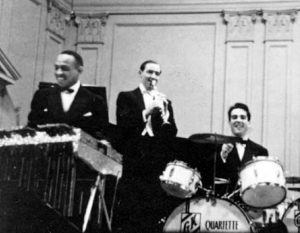
Born into a large, poverty stricken family, Benny Goodman (May 30, 1909 – June 13, 1986) began playing the clarinet at an early age. He
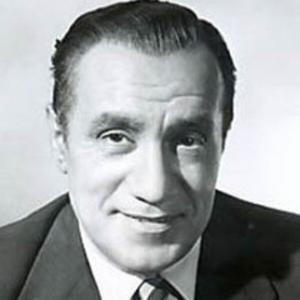
Ben Pollack (June 22, 1903 – June 7, 1971) was one of the more successful White band leaders of the late 1920s. His orchestras featured
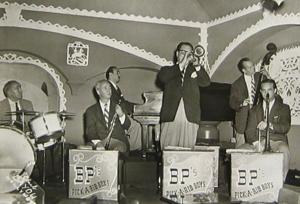
In 1937 Ben Pollack moved to Los Angeles where he led a new band filled with fine local players plus the great cornetist Muggsy Spanier.
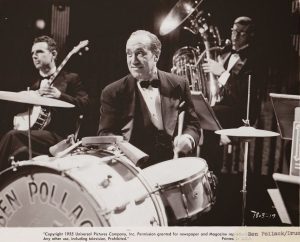
Ben Pollack was on sessions during 1928-29 released under the names of the Hotsy Totsy Gang, Jimmy McHugh’s Bostonians, Ben’s Bad Boys, and the Louisville
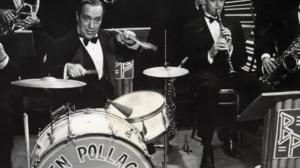
(Excerpt from Ben Pollack: Profile in Jazz, by Scott Yanow) Unfortunately Ben Pollack was still thinking of himself as a singer (he had a weak
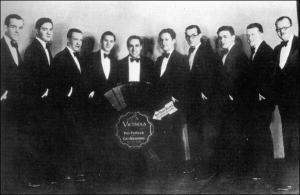
Returning to Chicago with the nucleus of the group, Ben Pollack soon had success playing at hotels. He landed a recording contract with the Victor